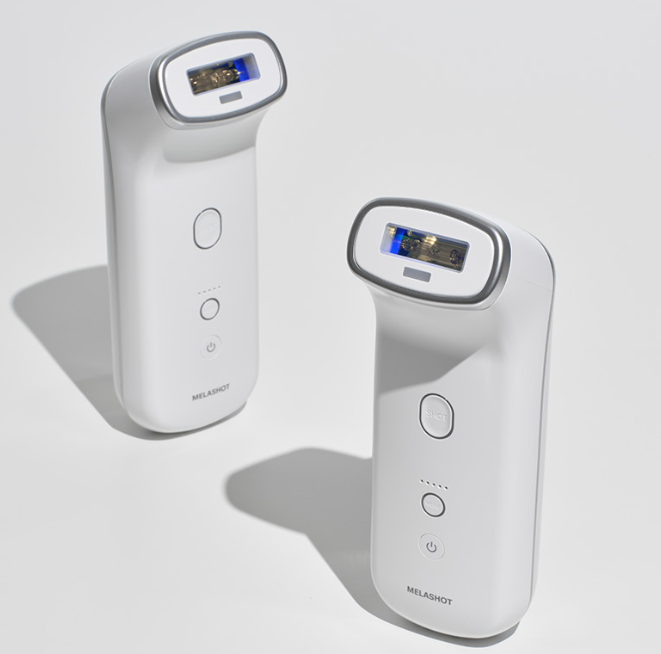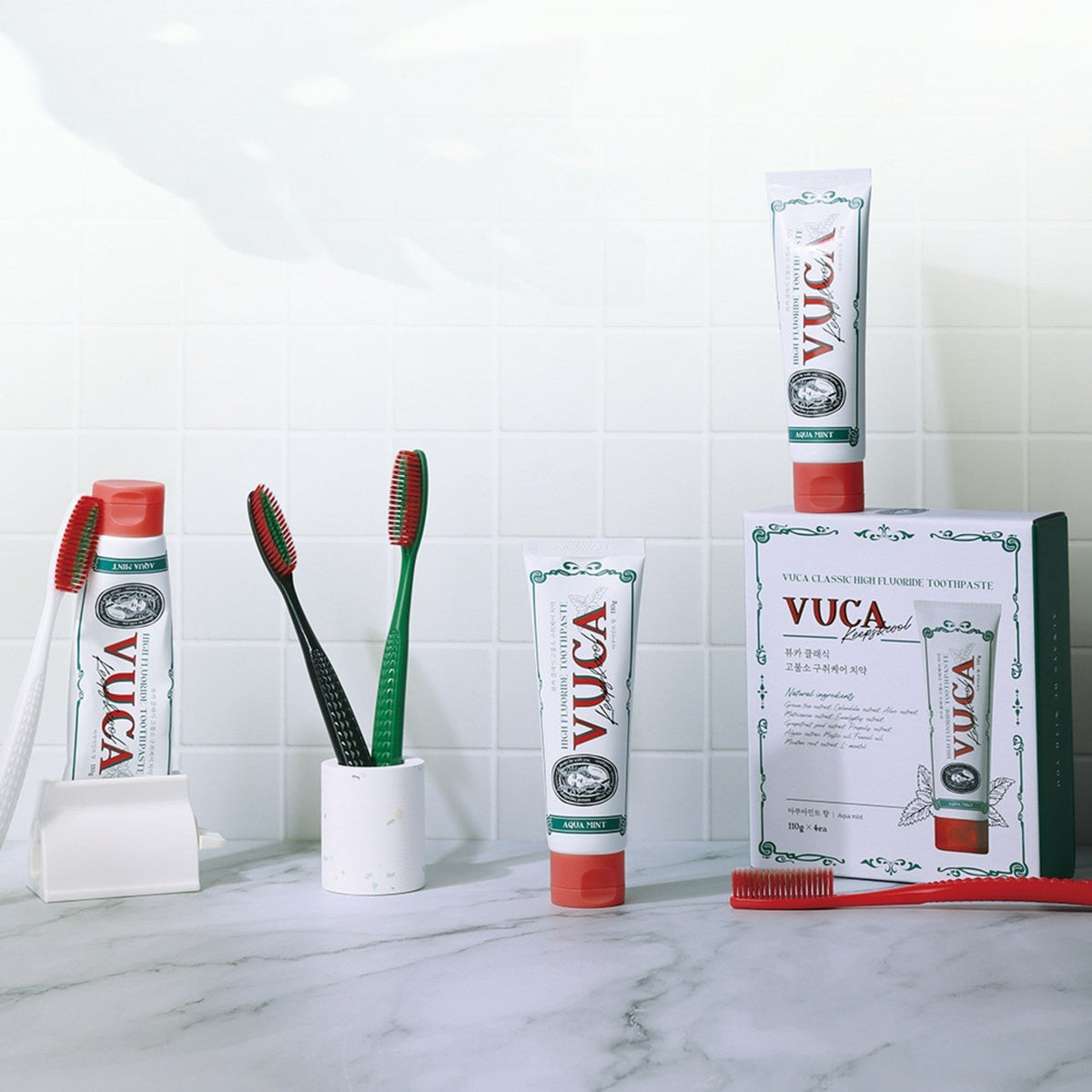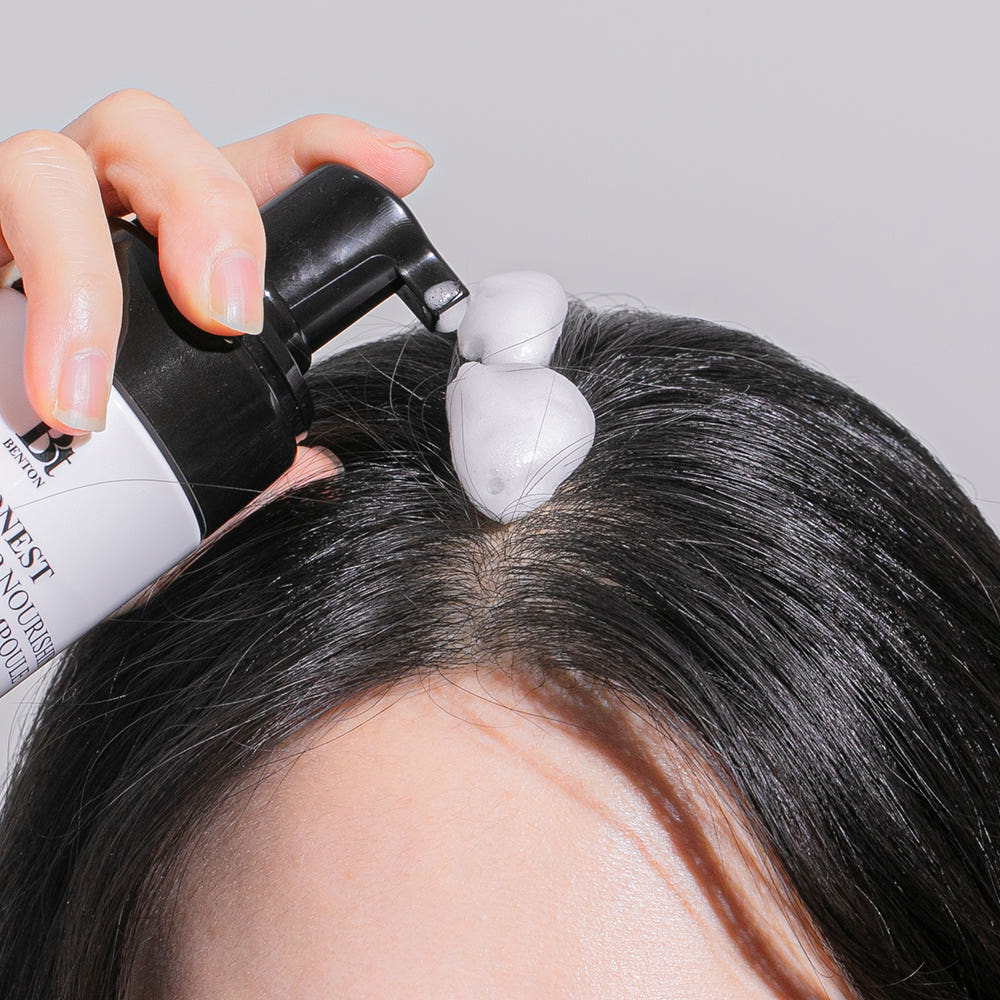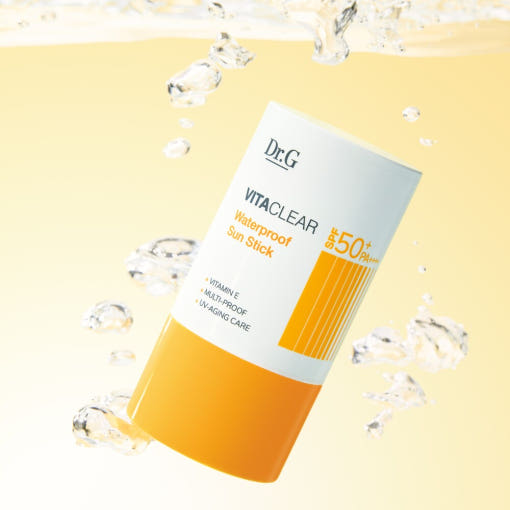Introduction
Over the past decade, Korean beauty—better known as K-Beauty—has gone from being a niche curiosity in the U.S. to a multi-billion-dollar industry influencing how Americans approach skincare. What once seemed exotic, with unfamiliar routines and quirky packaging, has now become a trusted part of bathroom shelves across the country. From teenagers exploring TikTok trends to dermatologists recommending specific Korean serums, K-Beauty has reshaped the beauty conversation in the United States.
But why exactly is K-Beauty so successful in the U.S.? What makes consumers turn away from long-established Western skincare brands and embrace Korean innovation? To understand this, we need to look at the history, the philosophy, the science, and the culture that fuels the K-Beauty phenomenon.
1. A Brief History of K-Beauty’s Arrival in the U.S.
The first wave of K-Beauty in the United States started around the early 2010s. At that time, Korean dramas and K-pop music were gaining traction internationally. Stars like Song Hye-kyo and members of Girls’ Generation were admired for their glowing, flawless skin. Curious fans wanted to know their secrets, and brands like Etude House, TonyMoly, and Laneige started to appear in Asian beauty stores in big U.S. cities.
The turning point came when retailers like Sephora, Ulta, and Target began carrying Korean products. Suddenly, sheet masks, cushion foundations, and snail mucin essences were no longer obscure imports—they were mainstream. E-commerce platforms like Amazon accelerated this growth, making it easy for anyone to try K-Beauty from the comfort of their home.
2. Why American Consumers Fell in Love with K-Beauty
There are a few key reasons why Korean skincare clicked with U.S. shoppers so quickly:
a) Innovation and Advanced Formulas
Korean brands invest heavily in research and development. Ingredients like snail mucin, bee propolis, cica (centella asiatica), and fermented extracts were unusual in Western skincare a few years ago, but now they’re household names thanks to K-Beauty.
b) Affordable Luxury
Unlike many U.S. and European luxury skincare brands that charge $100+ for a cream, K-Beauty manages to deliver high-quality results at more accessible prices. A Laneige Lip Sleeping Mask or COSRX Snail Essence gives visible results without breaking the bank.
c) Holistic Skincare Philosophy
Americans were used to “fix-it” skincare—spot treatments, harsh scrubs, or anti-aging serums. K-Beauty introduced the idea of preventative care and layered hydration. Instead of fighting problems after they appear, the goal is to nurture skin health daily.
d) Fun Packaging and Experience
Who could resist TonyMoly’s hand creams shaped like peaches or Etude House’s colorful tints? The playful side of K-Beauty made skincare feel joyful instead of clinical.
e) Social Media and Word of Mouth
K-Beauty is inherently visual. The concept of “glass skin”—smooth, glowing, translucent complexion—went viral on Instagram and TikTok. Influencers demonstrated 10-step routines, and soon everyone wanted to try it.
3. The 10-Step Routine: Game-Changer in the U.S.
One of the biggest cultural shifts K-Beauty brought to America was the multi-step routine. Instead of a simple “cleanser + moisturizer,” Korean skincare emphasizes a layered approach:
-
Oil cleanser
-
Water-based cleanser
-
Exfoliator (optional, 2–3 times a week)
-
Toner
-
Essence
-
Serum/ampoule
-
Sheet mask
-
Eye cream
-
Moisturizer
-
Sunscreen
While not everyone follows all ten steps every day, this ritual inspired Americans to slow down and invest in their skin rather than rushing through self-care.
4. Key K-Beauty Ingredients That Changed U.S. Skincare
American consumers are more ingredient-savvy than ever, and K-Beauty introduced several game-changers:
-
Snail mucin – famous for repair, hydration, and anti-aging (popularized by COSRX).
-
Centella asiatica (cica) – soothing and anti-inflammatory, ideal for sensitive or acne-prone skin.
-
Propolis – antioxidant-rich, boosts healing and radiance.
-
Fermented ingredients – improve absorption and skin barrier health.
-
Hyaluronic acid blends – multi-molecular hydration, as seen in Laneige’s Water Bank line.
Many Western brands have since incorporated these ingredients, proving K-Beauty set the trend.
5. American Retailers Embracing K-Beauty
Today, you can find Korean skincare almost everywhere in the U.S.:
-
Sephora carries Laneige, Dr. Jart+, and Glow Recipe (a Korean-American founded brand inspired by K-Beauty).
-
Ulta stocks COSRX, TonyMoly, and I Dew Care.
-
Target features affordable K-Beauty like Peach Slices.
-
Amazon lists thousands of K-Beauty bestsellers, with COSRX and Laneige consistently topping charts.
This wide availability makes it easier than ever for American consumers to experiment and commit to K-Beauty routines.
6. Cultural Shift: Skincare Over Makeup
Another reason K-Beauty has flourished is its alignment with a growing cultural shift in the U.S.: skincare-first beauty.
American consumers, especially Gen Z, are prioritizing healthy skin over heavy makeup. The “no-makeup makeup look,” popularized by Korean trends, resonates strongly. Instead of hiding flaws, the focus is on nurturing skin so that makeup becomes optional.
7. The Role of TikTok and Social Media in the U.S.
K-Beauty’s rise in the U.S. would not have been as fast without social media. Viral TikToks showing:
-
“Glass skin routines”
-
Reviews of Laneige Lip Sleeping Mask
-
COSRX pimple patch demonstrations
…have reached millions of views. This organic buzz created trust and excitement that traditional advertising could never achieve.
8. Dermatologist Approval in the U.S.
At first, some Americans were skeptical: “Do snail mucin or cica really work?” But as dermatologists began endorsing these ingredients and even incorporating K-Beauty into their own recommendations, consumer trust skyrocketed. Today, many U.S. dermatologists recommend COSRX patches, Laneige hydration products, and centella-based creams to their patients.
9. How K-Beauty is Changing the U.S. Beauty Industry
Western brands are adapting to keep up with Korean competition:
-
Shorter product development cycles – Korean brands release new products rapidly, forcing U.S. brands to move faster.
-
Focus on skin barrier health – once a niche concept, now mainstream thanks to K-Beauty.
-
More accessible luxury – prestige beauty brands are lowering prices to compete.
Essentially, K-Beauty raised consumer expectations across the board.
10. The Future of K-Beauty in the U.S. (2025 and Beyond)
The K-Beauty wave shows no signs of slowing. Trends to watch:
-
Customized skincare – quizzes and apps recommending tailored Korean routines.
-
Sustainable packaging – eco-friendly refills and minimalist designs.
-
Hybrid products – makeup with skincare benefits, like cushion foundations with SPF and hydration.
-
Men’s skincare – K-Beauty is gaining popularity among American men, breaking gender barriers in skincare.
Conclusion
The rise of K-Beauty in the U.S. is more than a passing trend—it represents a cultural shift in how Americans think about beauty and self-care. From innovative ingredients to affordable luxury and a holistic approach to skin health, Korean skincare has revolutionized the industry.
Whether it’s a Laneige Lip Sleeping Mask, a COSRX Snail Essence, or a soothing Innisfree green tea serum, K-Beauty continues to win hearts because it delivers what modern consumers want: results, experience, and joy in self-care.
As we move into 2025, one thing is clear: Americans aren’t just trying K-Beauty—they’re embracing it as a permanent part of their beauty routines.






0 comments